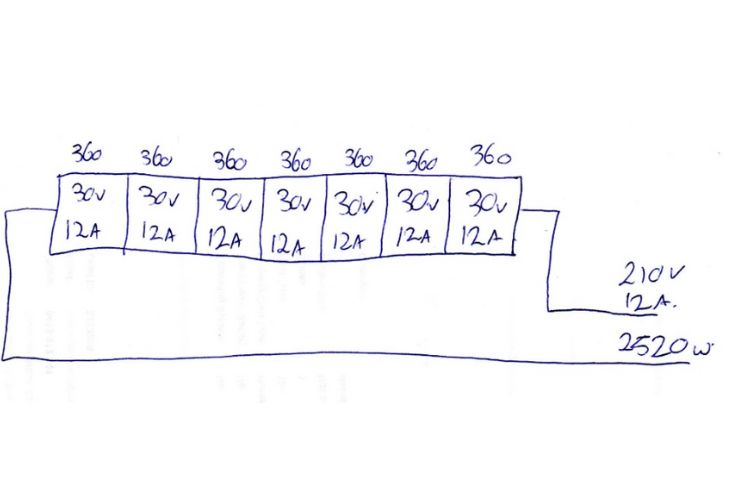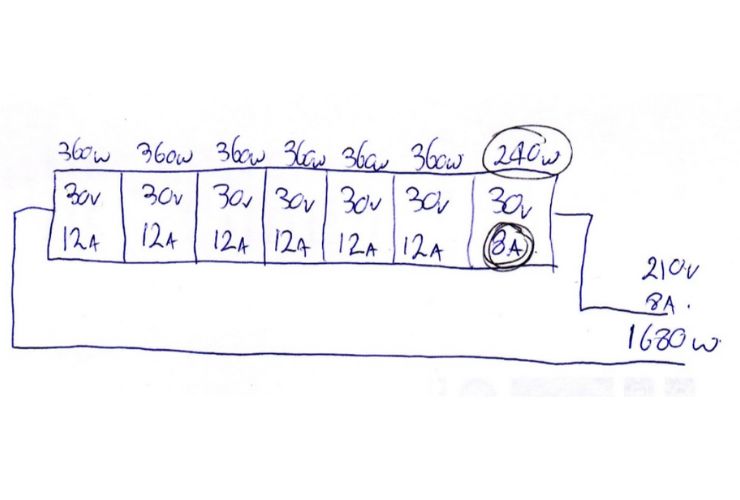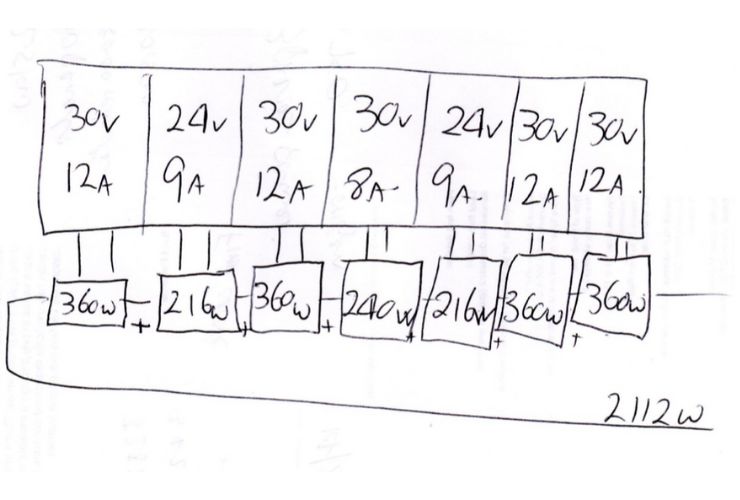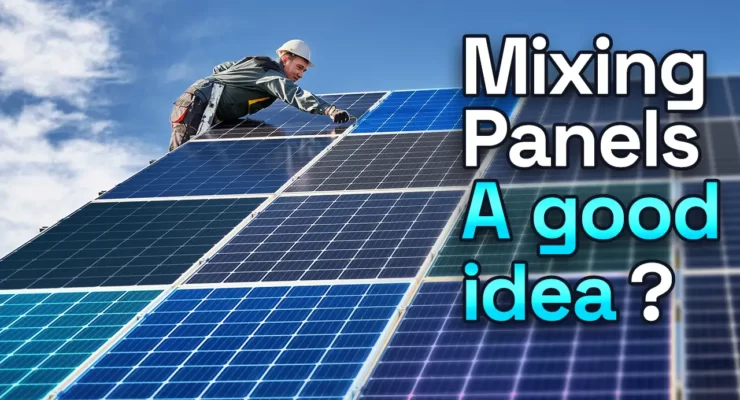Fast read
Solar panels of different power classes cannot be mixed in a string inverter-based solar system because the current of the string will be limited by the lowest current panel. This can lead to a significant loss of power.
The most flexible solution to overcome this issue is to use Module Level Power Electronics (MLPE) in the form of either microinverters or power optimisers. MLPEs allow each panel to work independently, providing the most power it can.
Ultimately, the decision of whether or not to use MLPEs depends on the specific needs of the solar system. If there are panels of different power classes, or if the solar PV system is located in an area with shading, then MLPEs are a good option. However, if the system is simple and straightforward, then a string inverter may be sufficient.
Can you use panels of different power classes in one solar system?
In Australia, the popularity of solar panels has soared, thanks in part to generous rebates for solar panels and plummeting prices. However, despite their increasing affordability, many old solar panels are often overlooked and discarded, ending up in landfills. Surprisingly, these solar panels, which once commanded hefty prices – such as a 175W panel costing over $1,800 back in 2007 – may still be perfectly functional. When it comes to designing a solar system, the standard practice is to utilise identical solar panels for consistency and optimal performance. However, there are scenarios, such as off-grid installations in remote areas, where mixing different kilowatt solar panels might be necessary.
While feasible, this approach isn’t without its challenges.
Mixing solar panels of varying wattages requires careful planning and consideration. When mixing different kilowatt solar panels into one system, you need to carefully assess factors like voltage compatibility, shading issues, and the overall balance of the system. Additionally, you may face a more complex installation and configuration process compared to using uniform solar panels.
Despite the potential complexities, with proper planning and expert guidance, it is possible to successfully incorporate mixed solar panels into a solar system. By leveraging the diverse capabilities of different solar panels, you can maximise solar energy production and optimise the efficiency of your off-grid setup.
Why can you not mix solar panels?
Firstly, it’s worth understanding why solar panels of different power classes or specifications cannot be mixed. If we look at string inverter-based solar systems, a set of panels are connected in series or a daisy chain format together. Each solar panel has an operating voltage and current.
Identical brand and model panels facing the same direction should have remarkably similar voltage (V) and current (A). The power (W) that the panel creates is a simple multiplication of Volts (V) x Current (A) = Power (W). In the below example, this works out as 30v X 12A = 360w of power per solar panel.

What does this mean for your PV system?
To work efficiently in a string system the panels work together to generate full power. In the series as per the example below, each individual panel is operating at 12A and 30v.
The voltage of the solar panels is added through the string (7 X 30v = 210v) while the current (A) stays constant. So the power of the full string of solar modules would be:
- (7 X 30v) x 12A= 2520w of power.
When discussing electricity, it can be useful to think of it like a garden hose. The current (A) is the diameter of the hose. The voltage (V) is the speed of the water going through the hose and the power (W) is how much water comes out of the hose.
If we then look at the situation below, where we have a panel with a different power in the string. When the first 6 panels are operating at 30v X 12A = 360w per panel, the last solar panel on the right is operating at 30v X 8A= 240w

While 6 of the 7 panels are operating at 12A, the final panel at 8A acts like a ‘kink in the garden hose’, restricting the electricity from all the panels to 8A.
This, therefore, restricts the power of the string to 210v X 8A = 1680w, which is a drop in power for the whole string of 33.3%.
So, what should you do?
To overcome the performance losses or issues with mixing different kilowatt solar panels in a string, the most flexible solution is the use of Module Level Power Electronics (MLPE) in the form of either microinverters or power optimisers.
The most popular of these are Enphase for microinverters or SolarEdge and Tigo for power optimisers. As per the rough sketch below, by connecting the panels with an MLPE, you are effectively taking the panels out of an ultra-in-line series and allowing each panel to work independently, providing the most power it can.
Therefore, the smallest or least-performing panel does not restrict the performance of the bigger more powerful panels. While there are 3 different types of panels in the 7 panels shown below they are all able to provide all the power they are generating without being restricted by the others.

As Australia’s solar panel rebates will end by 2030, we hope more people will reuse older panels that still work well. When mixing different kilowatt solar panels in one system, you’ll need special techs like optimisers or micro-inverters.
These tools help balance the power output of different solar panels, no matter their wattage or age. They make sure each panel works at its best, even if they’re not the same. This stops issues like voltage differences or shading from causing problems.
Using optimisers or micro-inverters gives you more flexibility in how you design your solar power system. It also makes sure you get the most energy out of your panels, old or new, keeping your solar setup running smoothly for years to come.
The one word of warning if you consider going down this extremely sustainable path of re-using panels.
Improving the visual appeal and safety of your solar panel system is crucial for both aesthetics and functionality. Over time, the appearance of solar panels has evolved, leading to a mix of sizes and styles that may create an uneven look on your property. However, there are steps you can take to ensure a more uniform and attractive installation.
When considering second-hand solar panels, it’s essential to prioritise safety. Modern solar panels often boast enhanced fire resistance compared to older models. To ensure your investment is safe and reliable, choose solar panels that the Clean Energy Council (CEC) approved at the time of purchase and have the right fire resistance ratings.
By selecting solar panels with the right certifications and safety features, you can not only enhance the visual appeal of your solar system but also ensure long-term reliability and peace of mind.



